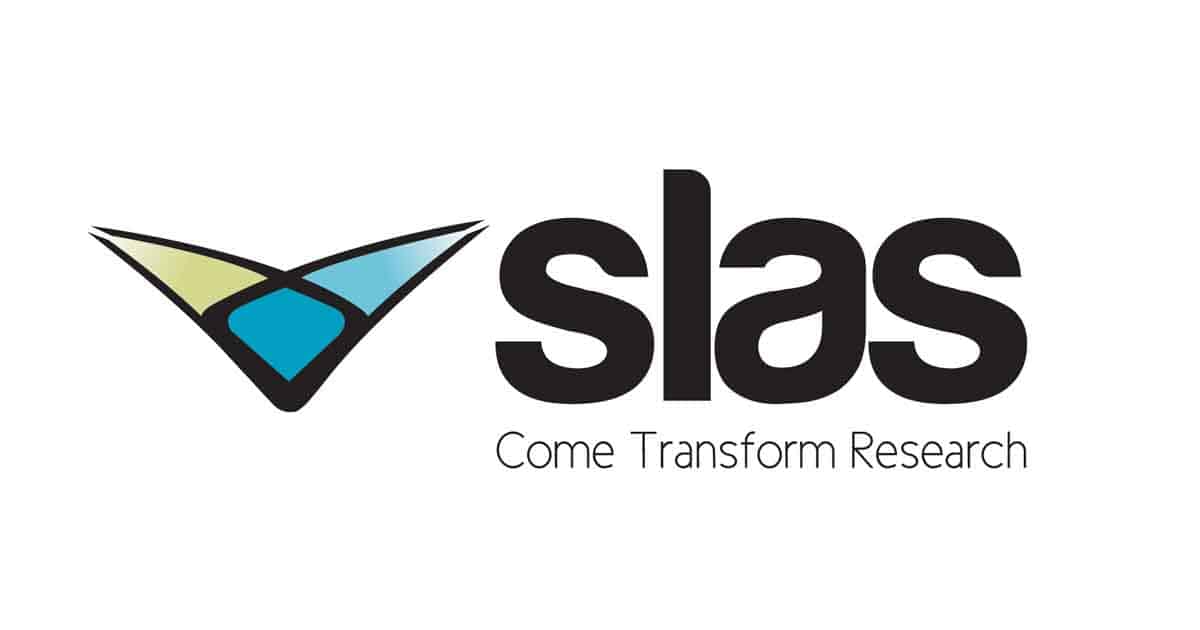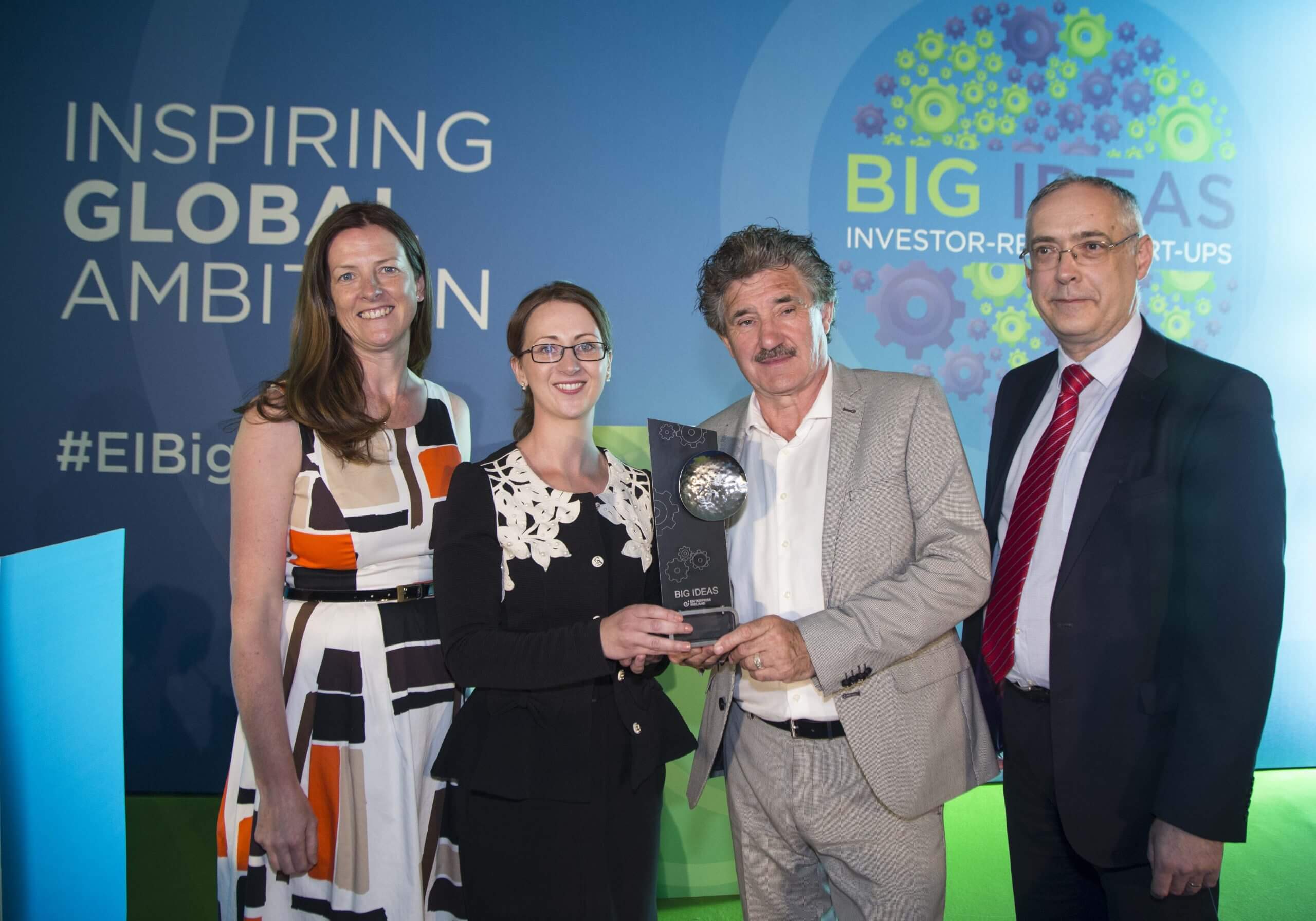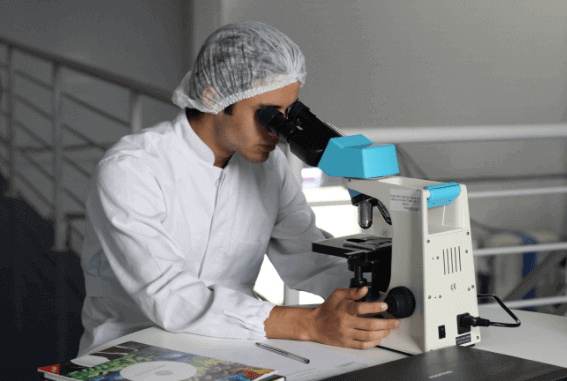
Check out Hooke Bio’s most recent publication in Elseviers SLAS Technology – Mera: A scalable high throughput automated micro-physiological system.
Link to paper – https://doi.org/10.1016/j.slast.2023.01.004
Mera: A scalable high throughput automated micro-physiological system – A summary
Socio-political pressure requires the pharmaceutical industry to evolve and turn to humane R&D processes, using cost-effective and reliable methodologies. Hooke Bio stands ready to support this move towards ethical practices with Mera, a modular and scalable automated system which we believe can disrupt the drug development process, making it exponentially more effective and reducing the reliance on animal testing.
Hooke Bio has recently submitted a paper to SLAS Technology, a peer-reviewed scientific journal published by the Society of Laboratory Automation and Screening. The objective of this paper was to demonstrate the impact that Mera can have on the drug development process, by observing a test case and capturing data on the system’s performance.
The Technology
This Mera system is a Micro-Physiological Systems (MPS), which refers to “organ-on-a-chip” or “body-on-a-chip” type technologies that support microtissue structures using engineered microfluidic technologies. Mera works by adding cells or microtissues to a dedicated consumable bioplate. This plate is then integrated into the main Mera system, where a chemical cocktail can be introduced to batches of cells on the plate to mature them into different tissue types such as liver, heart, neuronal or cancer microtissues.
The applicability of microtissues for drug screening has come to the fore in recent years, and is increasingly gaining industry recognition and use, particularly in the research and development departments of pharmaceutical companies. However, a lack of technologies in the market makes it difficult to screen microtissues at the scale required by drug companies.
The Study
In preparing our paper to submit to SLAS Technology, we set out to prove that Mera can culture and maintain 3D microtissues for up to 72 hours, thereby demonstrating the proof of concept of the system. Mera has two main components – the Bioplate and the Mera fluidic system, into which the Bioplate sits. This paper presented the Bioplate in two formats:
- the 3×3 Bioplate (total of 9 wells)
- the 4×10 Bioplate (total of 40 wells)
The microtissues in each well can be arranged in rows in such a way that multiples of the same type (e.g. heart microtissue) can be grown in a row to a certain size or stage of maturity. The user can then observe the impact that a drug has on the selected microtissues . Alternatively, the microtissues can be arranged in a sequence where each row might have a heart, kidney, liver, and intestine microtissue mimicking the interactions in the human body. The fluid flow direction can be altered so that the microtissues can share a fluid pathway, and users can observe the effect of a new drug that e.g. would be broken down by the liver and circulated through the other tissue types. In doing so, it can be determined if the prospective new drug is efficacious or has toxic or harmful effects on common tissue types.
Liver microtissues (HepG2) were transferred to the Mera Bioplate after 7 days growth in a standard ultralow attachment microplate. These microtissues had good growth profiles and increased in size from 220um in diameter on day 7, to over 1,000um in diameter on day 18. Increases in Albumin and Urea expression were reported during the 18 days. These increases were monitored to establish that the liver microtissue displayed high-levels of liver function, in order to ensure the accuracy of the study findings.
Cytochrome P450 enzymes (CYPs) are involved in the oxidative metabolism of the majority of the commonly used low molecular weight drugs. It is important that any cell models used to model drug interactions have sufficient levels of CYP expression to undertaken relevant drug metabolism. When the HepG2 cells were induced to form 3D spheroids, the local environment of the cells changed over the 21 days resulting in increased CYP expression.
To demonstrate improved function of the liver microtissues, cells grown in 2D monolayers were compared to 3D microtissues before and after treatment with 30mM Acetaminophen (APAP,also known as paracetamol, which is known to be highly toxic to liver cells). The viability of 2D cell cultures significantly decreased in comparison to 3D microtissues in ULA plate and Mera after treatment, indicating their 3D structure provides a level of protection against APAP toxicity.
The Conclusions
- Mera provides an equivalent, if not better, environment to support viable microtissues and their growth.
- Microtissues within the system were consistently viable for up to 72h
- Microtissue size increased from 284uM ± 32.1 at 0h, to 362uM ± 23.3 at 72h within the system.
- A toxicity assay was successfully undertaken using Acetaminophen (20mM APAP) to induce microtissue death and subsequent staining with Calcein AM and Ethidium Homodimer viability assays. The APAP based toxicity assay demonstrates the system’s capacity for modelling drug interaction and online viability testing.
- Online staining of microtissues was successfully undertaken on 3×3 prototype and scaled also to the 4×10 format.
- Microtissues grown under static conditions were compared with those grown under perfusion. An obvious decrease in viability was observed in the microtissue grown under static conditions. These are promising observations particularly for the use of Mera for intratissue communication.
- When scaled, the Mera platform is envisaged to be able to culture up to 800 microtissues concurrently. The proposed commercial system design includes 20 modules, within a housing unit of approx. 1m3 dimensions, which would allow Mera to be marketed a desktop device.
- This is up to 10X more throughput than the Micro-Physiological Systems (MPS), or perfused organ-on-a-chip systems currently available on the market







